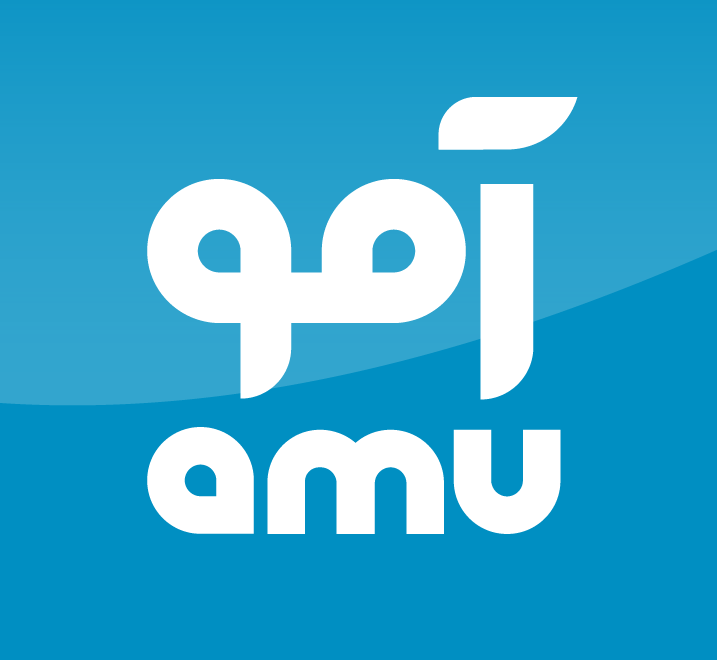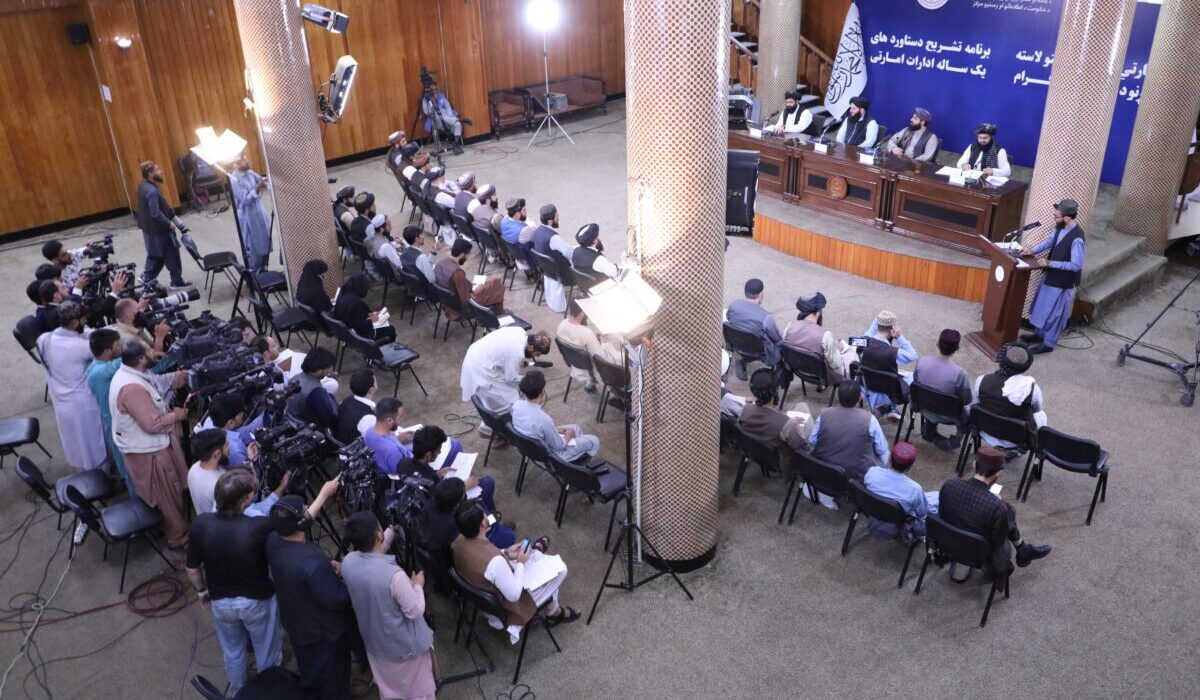KABUL, Afghanistan — Taliban have expanded their ban on the broadcast of images of living beings to 16 provinces, with both state-run and private television stations now restricted to audio-only reporting, according to an investigation by Amu TV.
The latest decrees, based on findings from Taliban-run media channels and local sources, show that the Taliban’s national television network has stopped airing images across key provinces, with private broadcasters also barred from showing human or animal figures.
Most recently, the Taliban extended the restrictions to Bamyan and Panjshir provinces, effective from April 16, 2025. The moves follow the ratification of the Promotion of Virtue Law by Taliban leader Hibatullah Akhundzada in September 2024. Under Article 17 of the law, the broadcast of images of living beings is explicitly prohibited.
The law is enforced by Mohammad Khalid Hanafi, the acting head of the Ministry for the Promotion of Virtue and Prevention of Vice, and has been applied primarily in regions considered strongholds of Taliban leadership influence.
Amu TV independently verified the enforcement by monitoring state-run broadcasts across the affected provinces. The provinces currently under the image broadcast ban are: Kandahar, Takhar, Badghis, Helmand, Nangarhar, Nuristan, Farah, Nimroz, Baghlan, Badakhshan, Jawzjan, Zabul, Parwan, Kunduz, Panjshir, and Bamyan.
The timeline for the bans shows a steady expansion:
• Kandahar – September 4, 2024
• Takhar – October 14, 2024
• Badghis – October 23, 2024
• Helmand – October 25, 2024
• Nangarhar – November 13, 2024
• Nuristan – January 6, 2025
• Farah – March 6, 2025
• Nimroz and Baghlan – March 27, 2025
• Badakhshan – April 8, 2025
• Parwan, Jawzjan, and Zabul – April 9, 2025
• Kunduz – April 15, 2025
• Panjshir – April 16, 2025
• Bamyan – April 21, 2025
In less than one month, the Taliban expanded the ban to eight additional provinces, based on official statistics released via social media.
Media advocates have condemned the restrictions as a major blow to press freedom.
“This represents a major challenge in the field of media work,” said Basir Ahmad Danishyar, deputy head of the Journalists’ Support Organization. “Not only do these decrees violate freedom of expression, but they also strip visual media of one of its fundamental pillars — documentation and image production.”
The last image aired by Panjshir’s state television was posted on April 16, showing the provincial governor recruiting 500 local youth into the police force. After that, only audio programming has been broadcast.
In contrast, senior Taliban officials in Kabul — including Abdul Ghani Baradar, Sirajuddin Haqqani, Mohammad Yaqoob Mujahid, and Amir Khan Muttaqi — continue to regularly appear in photos and videos on Taliban-controlled platforms. Even Mohammad Hassan Akhund, who initially banned image broadcasting inside the Arg (presidential palace) following the ratification of the law, has resumed appearing at televised events.
Amu TV’s findings suggest internal divisions within the Taliban regarding enforcement of the image ban. Senior figures close to the Taliban leader, such as Mohammad Khalid Hanafi and Neda Mohammad Nadim, have avoided public release of their own images since the law’s enactment, in contrast to other Taliban officials.





